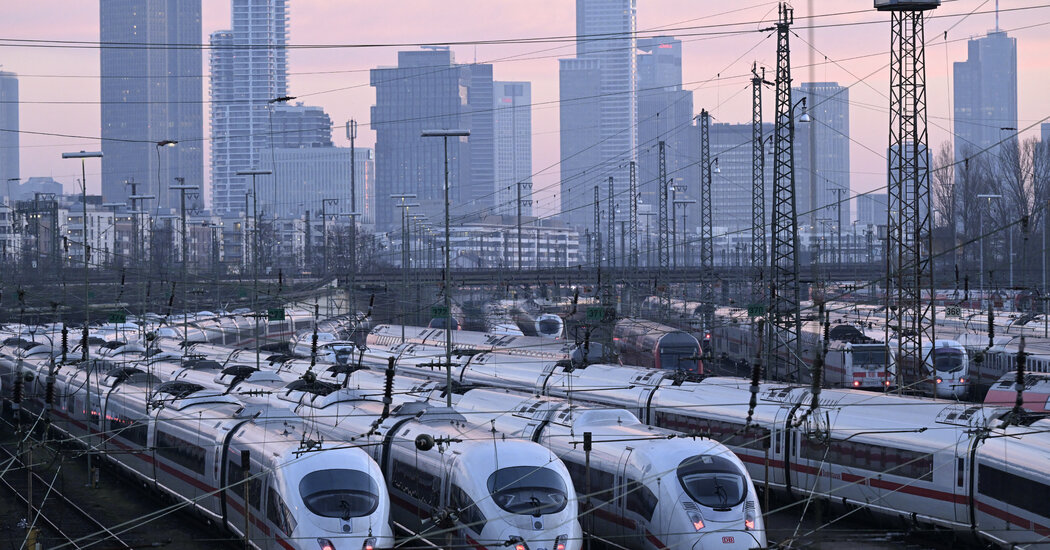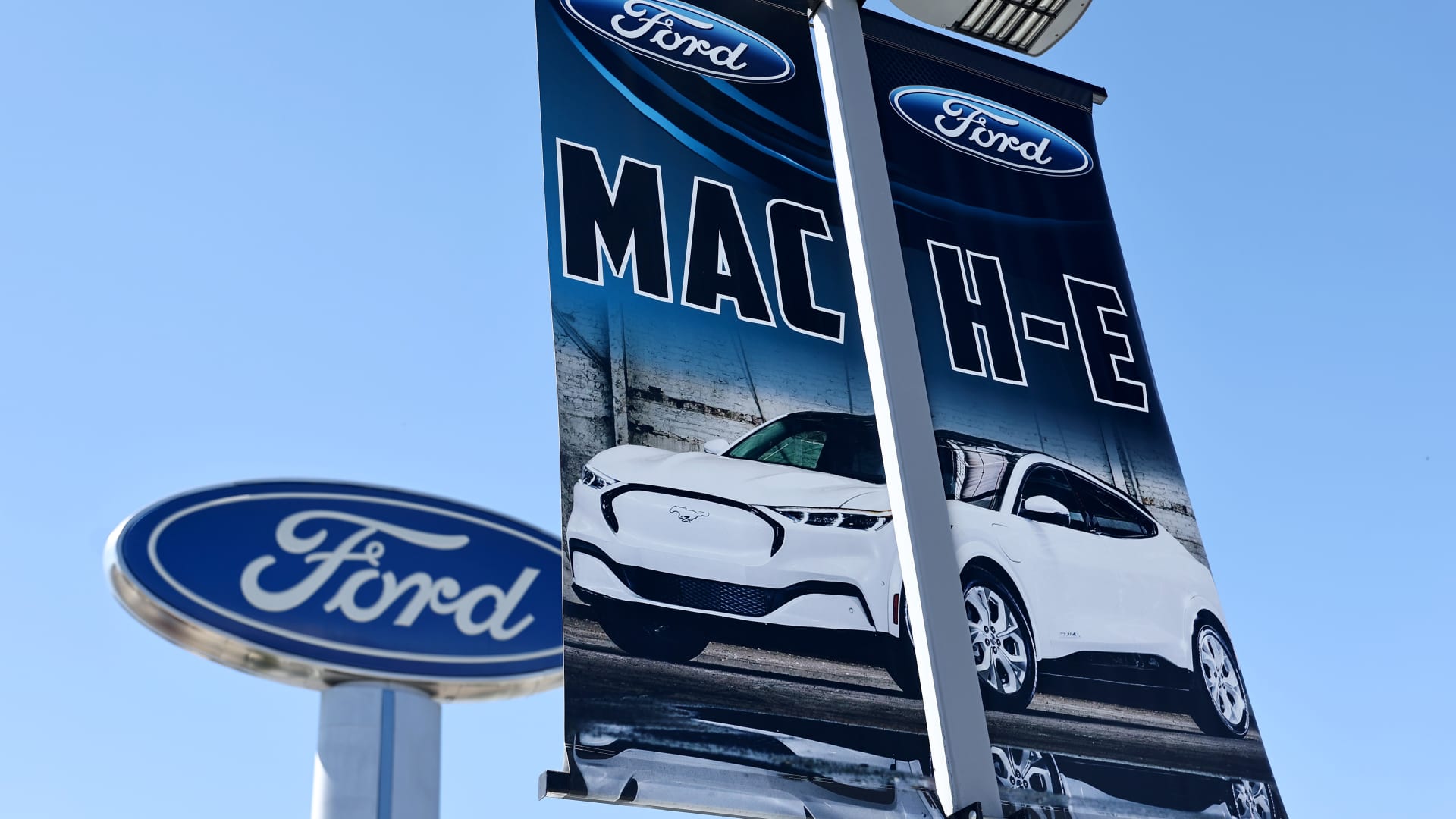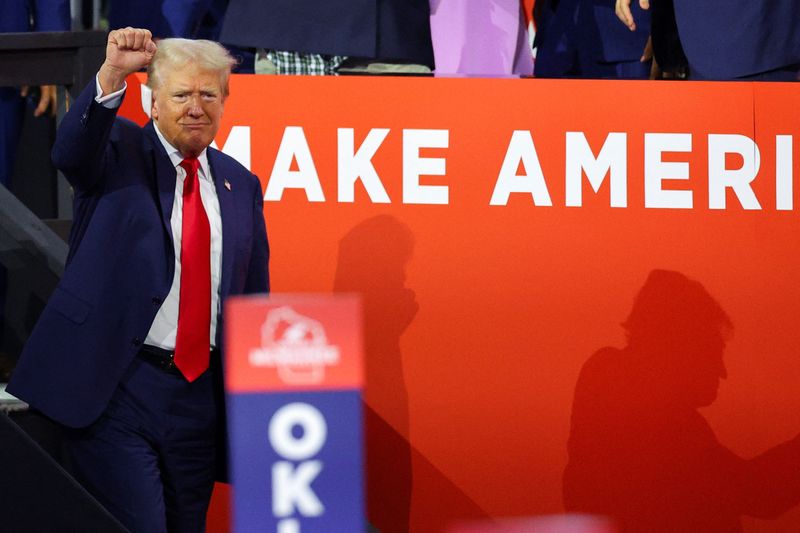Schneider Electric is a Business Reporter client
A new opportunity for business owners could fundamentally change the way energy is produced and consumed.
As the industry continues to harness the full potential of Industry 4.0, we can start to see what Industry 5.0 could look like and how it will change the landscape once again. And the next revolution is likely to be one that transforms the energy sector and has a lasting impact on the industry – we like to call it Electricity 4.0.
Sustainability has quickly become a key driver of digitalization for large and small industrial companies. SAP SE 2023 The Sustainability Report showed that 83 percent of UK leaders will maintain or increase their investment in sustainability actions by 2026, while Deloitte CXO Sustainability Report 2023 84 per cent of senior executives agreed that global economic growth can be achieved while meeting climate change goals. The UK government’s commitment to reduce greenhouse gas emissions to net zero by 2050 is prompting industries to review their sustainability initiatives and are working tirelessly to improve processes and reduce energy use in innovative ways.
That’s where Electricity 4.0 comes in. Electricity 4.0 represents 250 years of technology-driven revolutions towards smart energy and the convergence of digital and electrical technologies. Building on the promise of Industry 4.0, Electricity 4.0 leverages digital transformation and next-generation automation to transform the way energy is produced, distributed and consumed for industry.
Climate change mitigation
The AR6 Synthesis Report of the Intergovernmental Panel on Climate Change (IPCC) The report highlights the dangers of each increase in global warming, but also demonstrates that collectively we have the means and tools to address these challenges. There has never been a more crucial time for industry to act on sustainability strategies and Electricity 4.0 can help achieve this. Electricity 4.0 optimises the efficiency of energy-intensive manufacturing processes and critical infrastructure, with the ability to feed energy back into the grid or directly into local homes, buildings or data centres.
When it comes to powering industrial processes, electricity is more efficient than other traditional sources and is also better positioned for decarbonization.By 2040, the share of electricity in Schneider Electric's activities will reach at least 40 percent of final energy consumption, and six times more electricity will be generated from solar and wind energy compared to today..
Electricity 4.0 in practice
Increasing digitalisation and the transition to electric transport and heating, as well as population growth, are causing global energy consumption to rise. As electricity consumption increases, its source becomes increasingly important.
Many industrial processes have assets that require higher levels of energy to shut down and restart than to simply keep running. However, electricity can provide an efficient solution across the diverse sector. Electricity 4.0 will digitize our end-to-end energy ecosystem, allowing us to scale up renewables and reduce the 68 percent of energy is currently lost or wasted due to inefficienciesWith Electricity 4.0, energy is like any other industrial asset: software is used to seamlessly connect to renewable energy sources while meeting availability needs.
By creating a single source of truth for energy and sustainability data, any industrial company can execute a decarbonization strategy by electrifying its operations, reducing energy use, replacing unsustainable energy sources, and interacting with the energy supply chain to generate value at all times.
While industry is a voracious consumer of energy, it is ultimately a force for good on which the entire supply chain depends and therefore must be the sector most responsible for driving change.
Electricity 4.0 enables industrial companies to take advantage of on-site power generation through solutions such as microgrids, a complex combination of renewable sources and systems that can essentially be created to adapt to any energy need.
These microgrids can be comprised of anything from a small solar panel and battery to larger, complex systems that incorporate solar, wind and hydrogen across multiple facilities or a community. They offer a cost-effective way for industry to contribute to sustainability goals and give back to the main grid.
Smart facilities rely on maximum uptime to keep processes running efficiently and therefore sustainably. A microgrid offers this to all industrial businesses without the fluctuation often associated with wind or solar power, working in conjunction with the traditional grid to offer complete energy security while supporting sustainability strategies.
Faced with regulatory pressures and the urgent need to act to reverse the course of climate change, businesses of all sizes have no choice but to act on sustainability. Starting with energy offers a scalable path that has minimal impact on existing infrastructure.
Electricity 4.0 is more than just a technological revolution: it is a necessary evolution in the way industry approaches energy. By adopting smart energy management and integrating IoT devices, businesses can not only improve their efficiency and competitiveness, but can also significantly influence the global fight against climate change.
The journey towards a sustainable future begins with Electricity 4.0Together we can create an efficient, resilient and, most importantly, sustainable energy ecosystem. Discover how Schneider Electric is helping other companies achieve ambitious climate goals through electrification. here.
About Schneider Electric
Schneider's purpose is to create impact by enabling everyone to make the most of our energy and resources, bridging progress and sustainability for all. At Schneider, we call this Life Is On.
Our mission is to be your trusted partner in sustainability and efficiency.
We are a global industrial technology leader, bringing world-leading expertise in electrification, automation and digitalization to smart industries, resilient infrastructure, future-proof data centers, smart buildings and intuitive homes. Backed by our deep industry expertise, we deliver end-to-end integrated AI-based industrial IoT solutions with connected products, automation, software and services, and deliver digital twins to enable profitable growth for our customers.
We are a people-based company with an ecosystem of 150,000 colleagues and over one million partners operating in over 100 countries to ensure proximity to our customers and stakeholders. We embrace diversity and inclusion in everything we do, guided by our meaningful purpose of a sustainable future for all.
hewww.se.com










